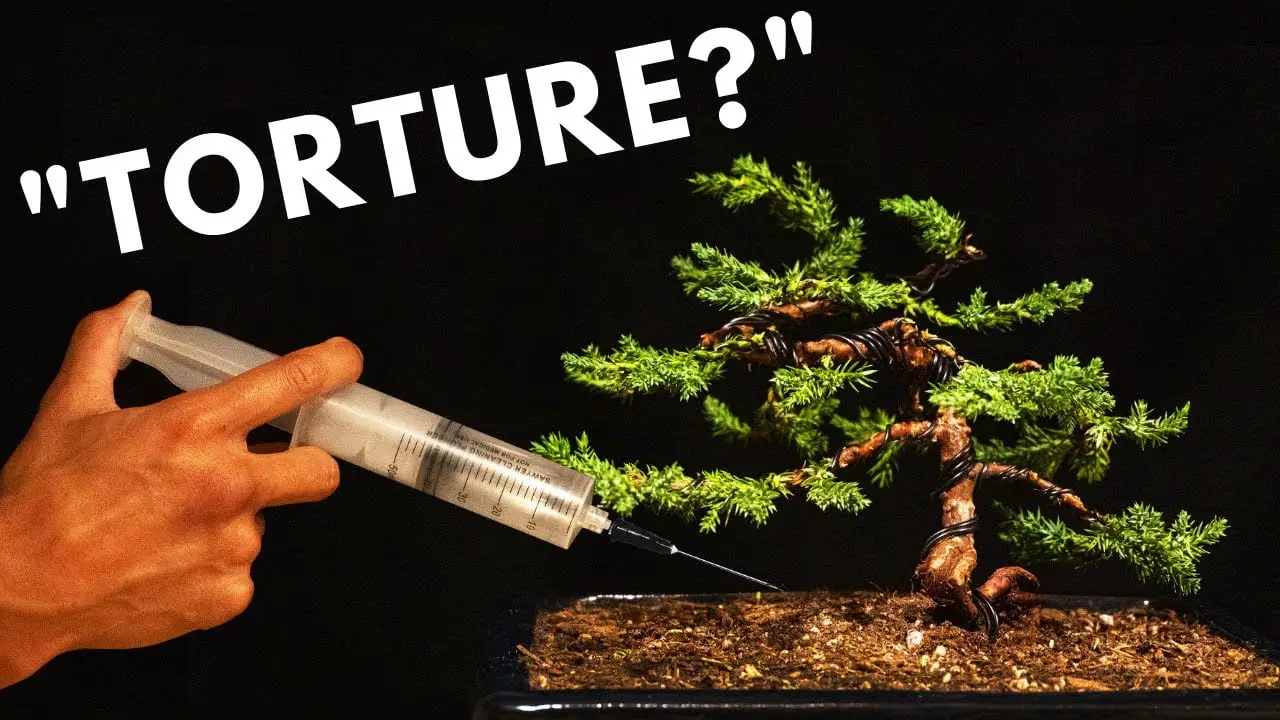Explore the fascinating world of bonsai trees through a biological lens in this informative blog post. Learn about the science and art of cultivating these miniature trees, the anatomy of their unique structures, and the benefits they provide to both their owners and the environment. Whether you are a bonsai enthusiast or simply curious about the biology behind these captivating plants, this post is sure to provide valuable insight and knowledge.
The Biology Behind Bonsai Trees
Introduction:
Bonsai trees, miniature versions of full-grown trees, are a beloved art form that has its feet rooted in Japanese culture. These trees are often grown indoors and can take years, sometimes even decades, to perfect. While many people are familiar with bonsai trees, there are many misconceptions about their creation. In this article, we will explore the biology behind bonsai trees, including their origin, how they are made, and the art and science that goes into their creation.
The Background of Bonsai:
Bonsai means “tree in a tray” in Japanese and has its roots in Chinese culture. The art of shaping and growing a miniature tree was later adopted by the Japanese and turned into an art form that has been popular for hundreds of years. It’s said that the first bonsai trees were brought over to Japan during the Heian period (794-1185) by Buddhist monks.
What Makes a Bonsai Tree:
Contrary to popular belief, bonsai trees are not genetically dwarves. They can be made from any tree through manipulation. The key to creating a bonsai tree is to restrict the tree’s growth, making it smaller and shaping it in a way that mimics how a real tree would look in nature. Proportions are crucial to making the bonsai tree look like a real tree, regardless of its height.
The Art and Science of Bonsai:
The art and science of bonsai involve pruning away extra branches, using wire to shape and position branches and trunks, and restricting nutrients to slow growth. This manipulation allows for the creation of a tree that is smaller and more compact than its full-grown counterpart. The art of bonsai involves creating a miniature tree that tells a story of age, much like a real tree would.
The Secret Behind Bonsai Leaf Miniaturization:
One of the most fascinating aspects of bonsai trees is the miniaturization of their leaves. The secret to this lies in fewer cells present in the leaf due to cutting of roots and a lack of nutrients, not smaller cells. When a bonsai tree’s roots are cut, the tree’s growth is restricted, and it is forced to conserve its nutrients. This lack of nutrients leads to smaller leaves and a slowed growth rate.
Bonsai Trees in Harsh Conditions:
Bonsai trees are often grown indoors, but they can survive in harsh conditions, making them a fascinating addition to any home. Due to the manipulation of growth and the restriction of nutrients, bonsai trees thrive in harsh conditions, which is a testament to their resilience. These trees show that life can be beautiful even in the face of adversity.
Kimura Bonsai Nursery:
For those interested in creating their own bonsai tree, there are many places to learn the art of bonsai. One such place is Kimura Bonsai Nursery in California. They offer classes for $30 and also sell bonsai trees. Supporting small businesses like Kimura Bonsai is essential to keeping the art of bonsai alive and well for future generations.
Conclusion:
Bonsai trees are an art form that has been beloved for centuries, but there are still many misconceptions about their creation. Through this article, we’ve explored the biology behind bonsai trees, including their origin, manipulation, and the art and science that goes into their creation. Bonsai trees are miniature versions of full-grown trees and a testament to the resilience of nature. Creating a bonsai tree can be a fulfilling and rewarding experience, and supporting small businesses like Kimura Bonsai is an essential part of keeping this art alive.
FAQs
1. Do all bonsai trees look the same?
No, bonsai trees can be made from any tree and can be shaped in unique ways to mimic the real tree’s growth style and shape.
2. Can I make a bonsai tree from any tree in my backyard?
Yes, any tree can be made into a bonsai tree through manipulation and cutting of roots.
3. Can bonsai trees be grown outdoors?
Yes, bonsai trees can be grown outdoors but require specific care to ensure their survival in harsh weather conditions.
4. Why are bonsai trees so expensive?
The creation of a bonsai tree involves many years and sometimes decades of work to perfect, which is why they can be expensive.
5. Why is it important to support small businesses like Kimura Bonsai Nursery?
Supporting small businesses like Kimura Bonsai Nursery helps keep the art of bonsai alive and well for future generations. It also supports the local economy and allows for more personalized attention to the care of each individual bonsai tree.


